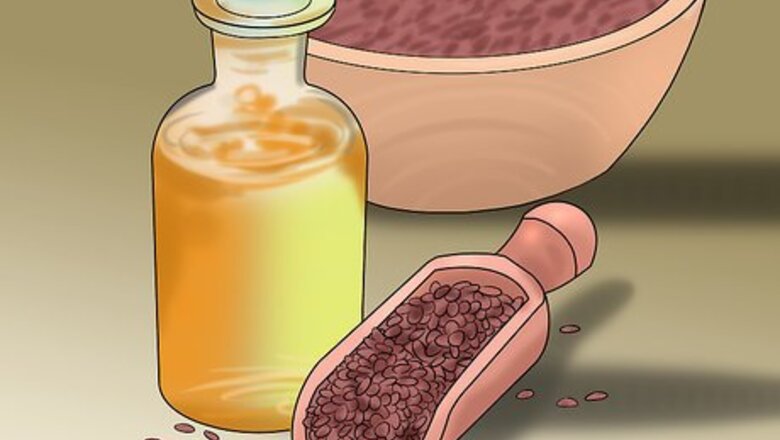
views
Applying Linseed Oil
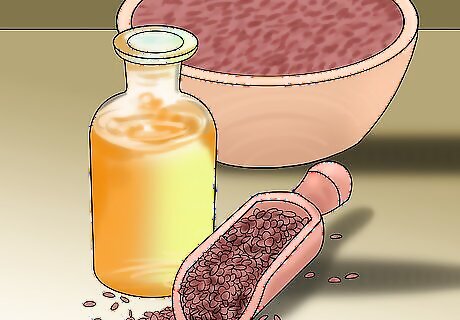
Use raw linseed oil or specialized cricket bat oil to treat your bat prior to use is recommended. This will help maintain moisture levels within the bat and reduce the chance of cracking or splitting while playing. Raw linseed oil tends to penetrate better than boiled linseed oil.
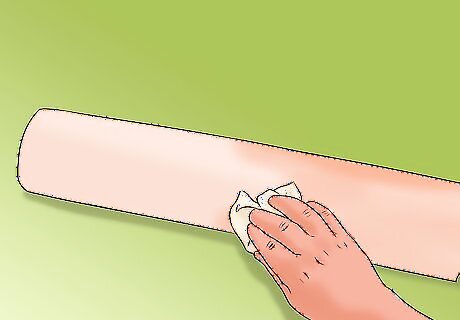
Using either a soft cloth or paintbrush, lightly apply 5-6 coats (each coat is one teaspoon) of oil to the face, toe an edges. Do not oil the whole bat, just oil the face, toe and edges.
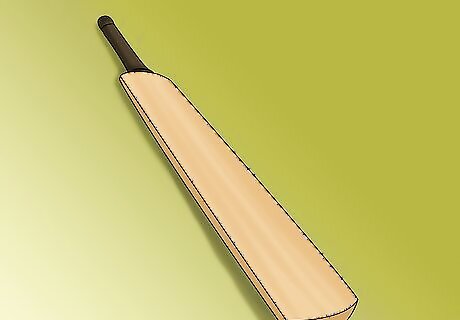
Allow each coat to dry whilst the bat in a horizontal position. The bat should be dry before proceeding to the knocking in.
Using the Mallet
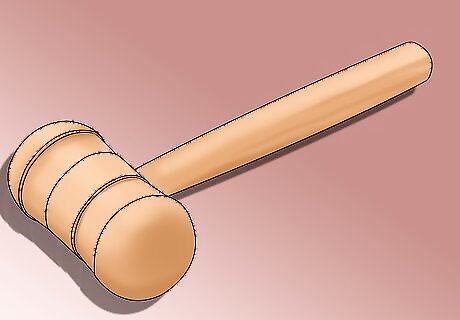
Beat the new cricket bat with a hardwood bat mallet. This will harden your bat. Hit hard enough to create a dent in the middle of the bat. Check to see if you did make a dent. Then gently knock the face of the bat around this dent to make it level. When done, you should no longer see the dent. Round off the edges. Hit with a 45 degree angle to the face. This allows the mallet to compress the willow. Start with one dent on the edge, then gently knock around it to remove it and smooth the edge out. In each case, repeatedly strike the face and edges of the bat whilst gradually increasing the force of the strike over time. Do not use the mallet on either the face or the bottom of the bat toe with the mallet.
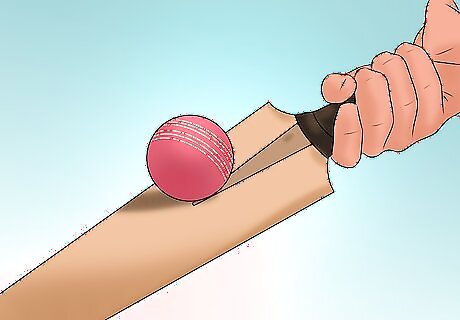
Hit the ball with the bat as much as you can. This will continue to harden it.
Maintaining the Cricket Bat Over Time
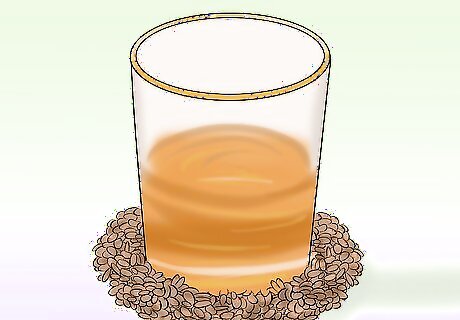
Apply a new coat of linseed oil about every 5 to 6 months. This will keep it supple.
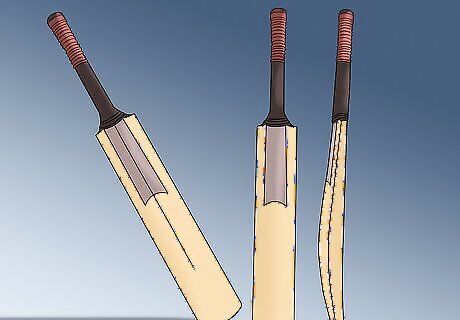
Store the bat horizontally. Keep it in a cool and dry storage place. Heat and humidity can dry out or warp the bat.
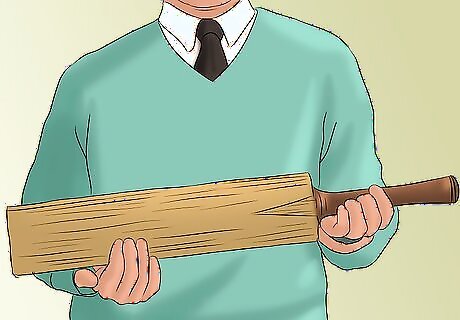
Try to keep the grip of the bat in position.
















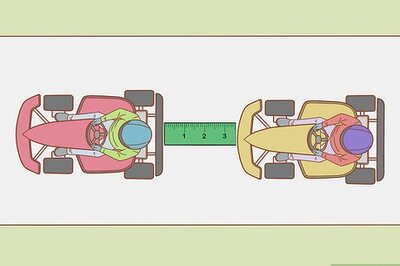


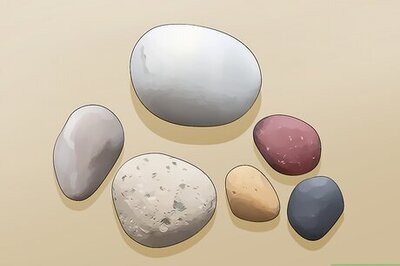
Comments
0 comment